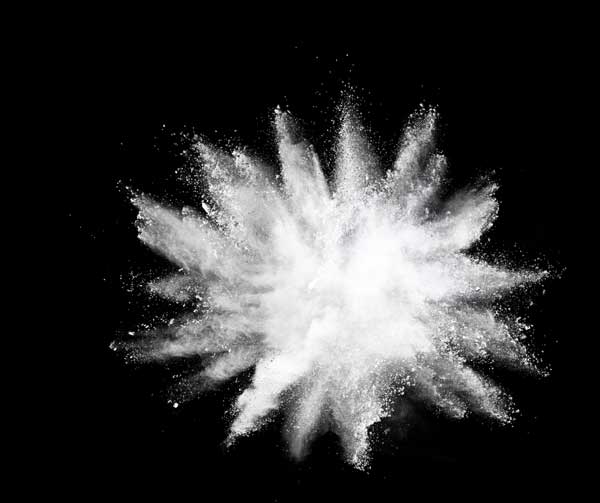With many of us now scrutinizing ingredient lists on sunscreen labels, we’re becoming more familiar with terms that weren’t previously part of our vocabulary, like titanium dioxide.
If you prefer mineral sunscreens, you’ve most likely applied titanium dioxide to your skin this summer. It’s also used in almost every kind of makeup and skincare product, including bodywashes, bar soaps, and moisturizers.

What is titanium dioxide?
So, what is it? It’s commonly used as a whitening or brightening agent, but it’s opacity also makes it great at blocking sunlight, including UVA and UVB rays. It’s featured in many mineral sunscreens and hybrid formulations because it typically provides longer lasting protection than chemical sunscreens do.
Even more, titanium dioxide absorbs oil, which makes it an attractive option for those with oily or acne-prone skin. It also has cosmetic benefits. Because of its ability to diffuse light, titanium dioxide can reduce the appearance of blemishes and fine lines.
Mineral sunscreens that contain titanium dioxide (and which usually include only a couple of other ingredients) are generally safe for most skin types, including sensitive skin, acne-prone skin, and those with eczema and rosacea. Unlike chemical sunscreens, mineral sunscreens don’t penetrate the skin, making them less likely to cause a reaction.
Hybrid sunscreens, as well as makeup and skincare products, that include titanium dioxide should be considered with more caution, in part, because there are more ingredients, and any one or combination of them could cause irritation.

Wait, it’s a carcinogen?!
For all this positive news, titanium dioxide has also been described as a “possible human carcinogen.” This stems from its classification as a Group 2B carcinogen by the International Agency for Research on Cancer (IARC), meaning, according to the agency, it is “possibly carcinogenic to humans.”
It’s important to keep some things in mind when processing this information. First, titanium dioxide is used in far more stuff than sunscreens, cosmetics, and skincare, including paints, plastics, and even some foods. The concern centers on microscopic particles of titanium dioxide that can be inhaled.
Proposition 65, also known as the Safe Drinking Water and Toxic Enforcement Act of 1986, requires the state of California to update and publish a list of chemicals known to cause cancer or reproductive toxicity. The only form of titanium dioxide on the Proposition 65 list consists of tiny airborne particles that can be inhaled.
The IARC’s classification is based on animal studies that showed an increased level of lung cancer in rodents exposed to high levels of titanium dioxide dust. But no study, as of yet, has proven conclusively that titanium dioxide poses a risk to people at the levels typically found in the products we use and the food we eat.
Out of an abundance of caution, avoid cosmetic powders, hair color sprays, and spray-on sunscreens that include titanium dioxide. But consider titanium dioxide sunscreens in lotion form to be safe and effective.



 SPF Makeup Shouldn’t Be Your Only Protection from the Sun. Here’s Why
SPF Makeup Shouldn’t Be Your Only Protection from the Sun. Here’s Why